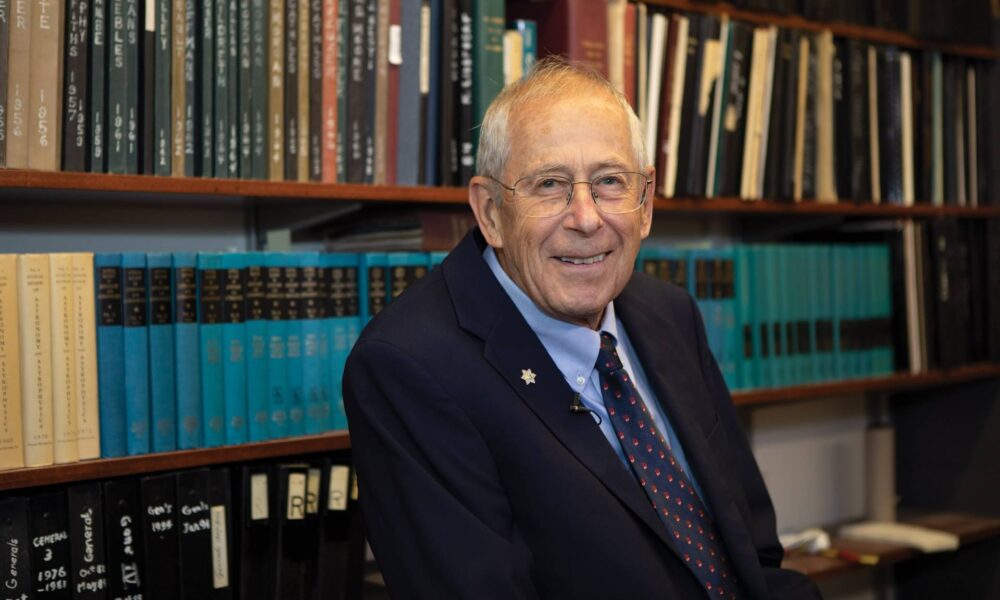Staring at an image of the Milky Way, James Peebles, the 2019 Nobel Prize winner in Physics, verbalized what his audience was thinking: “Isn’t that beautiful?”Just about everyone can agree that our galaxy is a remarkable sight.
It was Sept. 16 and Peebles was visiting McGill to deliver the annual Anna McPherson Public Lecture. Peebles addressed what we know of the expanding universe, while acknowledging that the path to this now widely-accepted theory was not an easy one.
The theory of the universe’s expansion began with Percival Lowell in the late 19th and early 20th centuries. An astronomer from a wealthy family, Lowell was convinced that an advanced civilization resided on Mars. He established an observatory in 1894 to look for what he claimed were man-made canals built on the planet’s surface. Though his theories of Martian civilization were seen as an embarrassment to the scientific community, Peebles believes that Lowell set a precedent for where observatories were placed and the way we use them.
“Herman Weyl was one of the first to understand Einstein’s general theory of relativity, and one of the first to recognize the evidence that galaxies seem to be moving away from us, and the first to make a quasi theory of this expanding universe,” Peebles said. “But it wasn’t very good. Alexander Friedmann had the theory of the expanding universe, but unfortunately died before there was evidence.It was George Lemaître who, in 1925, put the two sides together—the theory and the observations.”
According to Peebles, Einstein had initially found this concept of a constantly expanding universe doubtful. He, and many other scientists of this period, believed that the universe was static and unchanging. But Einstein eventually changed his mind about the Big Bang Theory and abandoned his cosmological constant, a numerical value that made his equations work in a static universe. To the audience’s amusement, Peebles remarked on Einstein’s mistake, saying, “well, we’re all human beings.”
Peebles then moved on to a discussion of his own research. In the summer of 1964, more than 30 years after the Big Bang Theory was first proposed, Peebles and his colleague David Wilkinson were tasked with answering a complicated question: Is it possible to detect residual radiation from the early universe? Encouraged by Robert Dicke, a physicist who worked on developing radar technology during the Second World War, Peebles and Wilkinson built a radiometer, a device used to measure radiation intensity.
Peebles told the gathered students that Dicke’s encouragement determined his career path.
“David and I followed Bob’s instructions—and we’re still going!” said Peebles.
If radiation was detected, then it would serve as another form of evidence that the universe is expanding. Ultimately, Peebles and his colleague detected radiation, contributing to our understanding of the cosmic microwave background—the oldest electromagnetic radiation in the universe. Peebles later proposed a theory that not only explained the cosmic microwave background but also predicted the presence of dark matter—one of the many contributions that won him the Nobel Prize in Physics in 2019.
From the work of Peebles and his predecessors, it is clear that scientists have progressed tremendously—from first thinking there were people on Mars to creating a comprehensive explanation of the origins of our ever-expanding universe.
At the end of his lecture, Peebles answered questions from the approximately 300 attendees. One audience member asked what his favourite moment of his career was. At 87 years old, Peebles did not hesitate to respond with “right now.”






